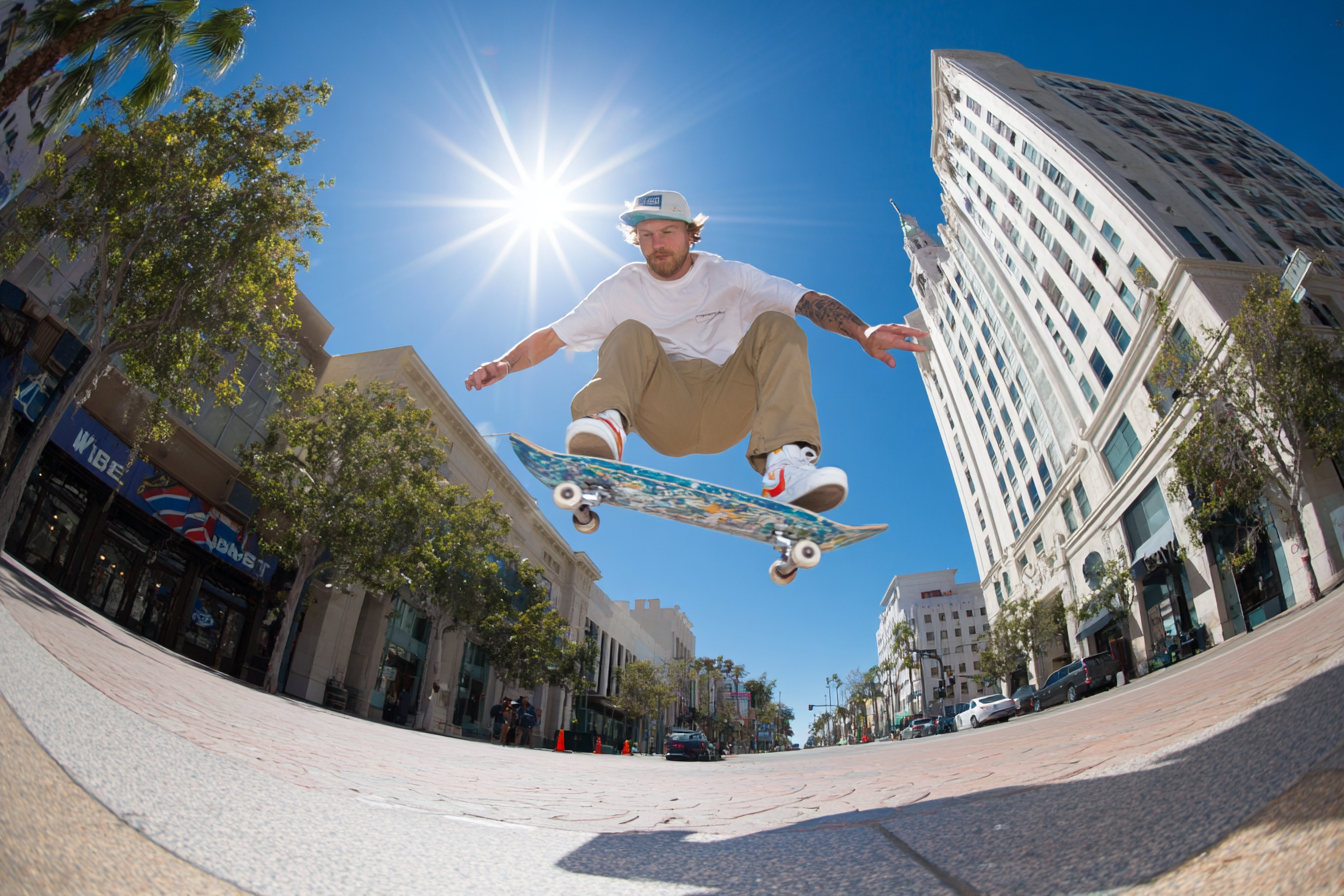Creating compelling skateboarding videos demands more than just pointing a camera at a skater and pressing record. It requires a blend of technical know-how, creative vision, and an understanding of the dynamic flow of skateboarding itself. Whether you’re a beginner filmmaker eager to dive into the world of skate films or an experienced shooter looking to refine your craft, mastering the right videography techniques is essential for producing footage that is exciting, smooth, and visually captivating. Let’s explore how to elevate your skateboarding videos by focusing on everything from gear selection to post-production tips and sharing strategies.
Choosing the Right Video Gear and Accessories
The foundation of great skateboarding videography starts with your equipment. While you don’t need the most expensive gear to create impressive videos, choosing the right camera and accessories can significantly impact the quality and style of your footage.
Action cameras like the GoPro are popular for their compact size and rugged design, allowing you to capture close-up tricks and follow skaters at high speeds. However, for more cinematic footage, mirrorless or DSLR cameras with interchangeable lenses offer superior image quality and more control over settings.
Accessories worth considering include:
- Gimbals and stabilizers: These help achieve smooth movement shots, reducing shaky footage while tracking fast skateboarding action.
- Tripods and monopods: Useful for static shots or steady tracking.
- Wide-angle lenses: Capture the environment and tricks more dynamically, offering audience immersion.
- External microphones: For interviews or capturing ambient skate park sounds cleanly.
- Extra batteries and memory cards: Skate sessions can run long, so having backups is crucial.
Camera Settings for Smooth Skate Footage
Getting the right camera settings is key to capturing high-quality skateboarding footage. Here are a few important settings to consider:
- Frame rate: Shooting at 60fps or higher allows for smooth slow-motion playback, which is perfect for highlighting tricks.
- Shutter speed: To avoid motion blur, keep your shutter speed at least double your frame rate (e.g., if shooting 60fps, use a 1/120 shutter speed).
- Aperture: A wider aperture (f/2.8 to f/4) lets in more light, helping in low-light skate sessions but can reduce depth of field. Balance accordingly.
- ISO: Keep ISO low (100-400) where possible to reduce noise, vital for clear video quality.
- White balance: Set manually or use presets to maintain consistent color tones, especially when moving between shaded parks and sunny street spots.
Understanding and experimenting with these settings will ensure your footage is sharp, clear, and professional-looking.
Using Slow-Motion and Time-Lapse Creatively
Techniques such as slow-motion and time-lapse can add a captivating dimension to your skate films. Slow-motion emphasizes the skill and technique behind tricks, allowing viewers to appreciate nuances that happen too fast in real-time. Many modern cameras and action cams feature high frame rate shooting modes, typically between 120fps and 240fps, perfect for this purpose.
On the other hand, time-lapse sequences offer a creative way to condense long skate sessions, park arrivals, or changing lighting conditions into brief, visually appealing clips. This technique can add storytelling depth by showing progression or atmosphere that otherwise goes unnoticed.
Mixing both methods with regular footage keeps the video engaging and dynamic.
Tracking Shots and Movement Techniques
Skateboarding is all about motion, so one of the most important videography skills is mastering tracking shots that follow your subject fluidly. There are several effective ways to achieve this:
- Pole or selfie-stick tracking: Extend your camera on a pole and move backward or alongside the skater for stylish tracking shots.
- Skateboard rig (skate-cart or dolly): Attach your camera to a skateboard or a wheeled rig for smooth low-angle shots that literally ride along.
- Handheld gimbal stabilizers: These allow for flexible, steady shots that can adapt quickly to the skater’s movements.
- Using a drone: For aerial tracking shots that capture style, environment, and line of tricks.
The key is to anticipate the skater’s movements, stay steady, and vary your distances and speeds to keep footage lively and immersive.
Incorporating Angles and Perspectives That Stand Out
Creativity in angles and perspectives can make your skate videos memorable. Close-ups of feet or skateboard wheels spinning bring viewers into the action. Low-angle shots offer an epic view of jumps and tricks, emphasizing height and difficulty. Conversely, high-angle shots from stairs or ledges provide a distinct overview, showing the entire trick line.
Don’t hesitate to experiment with unconventional viewpoints:
- Mount the camera under the board for unique point-of-view footage.
- Use reflection shots off nearby surfaces like puddles or windows for artistic flair.
- Try shooting through fences, rails, or other skatepark elements to frame the action creatively.
These angles can deepen the narrative and visual interest of your skate films.
Tips for Working with Skateboarders
Great skateboarding footage requires good collaboration with the skaters. Communication is key to planning shots, picking tricks to highlight, and keeping safety in mind.
- Discuss the skaters’ lines and trick sequences beforehand.
- Be patient—skate tricks require multiple takes and sometimes don’t come easily.
- Encourage skaters but don’t rush them; give them space to perform at their best.
- Show respect for their personal style and input on how they want to be filmed.
- Offer feedback or review footage together to improve shots dynamically.
Building good rapport can make filming smoother and the final video more authentic.
Post-Production Editing for Skateboarding Videos
Editing is where your skateboarding footage really comes to life. Beyond cutting clips, good post-production can emphasize mood, rhythm, and impact. Here are essentials to focus on:
- Sync your edits to music: Skate videos thrive on strong soundtracks; timing cuts to beats energizes the viewing experience.
- Use speed ramps: Smoothly transition between normal speed and slow motion to highlight key trick moments.
- Color grading: Adjust colors and contrast to enhance atmosphere—vibrant for sunny days or moody for evening sessions.
- Add graphics or titles: Introduce sections or credit skaters stylishly without detracting from footage.
- Use stabilization filters sparingly: To smooth out any remaining shaky clips, but avoid over-processing.
Software like Adobe Premiere Pro, Final Cut Pro, or DaVinci Resolve offers powerful tools tailored for these tasks.
Sharing and Promoting Your Skateboarding Content
Once your skate film is polished, sharing it effectively helps grow your audience and connect with the skate community. Consider these promotion strategies:
- Upload high-quality versions to platforms like YouTube, Vimeo, or Instagram—tailoring edits to suit each platform’s format.
- Engage with skateboarding forums, Facebook groups, and Reddit communities to share your work.
- Tag skaters, brands, and filmmakers involved to increase reach and feedback.
- Submit films to skate video contests or local events.
- Use behind-the-scenes clips and teasers to generate buzz before full releases.
Consistency and interaction can help your skate videos reach fellow enthusiasts and potential collaborators.
Bringing Your Skate Films to the Next Level
Skateboarding videography is a craft that combines technical skill, artistic expression, and a passion for the sport. By choosing suitable gear, mastering camera settings, exploring dynamic filming techniques, and honing your editing abilities, you can create skate videos that truly stand out. Most importantly, form strong relationships with your skateboarders and the community to keep your work authentic and inspired. Whether you’re capturing street tricks or skatepark sessions, applying these techniques will elevate your skate films to new heights, captivating viewers and celebrating the culture of skateboarding.







